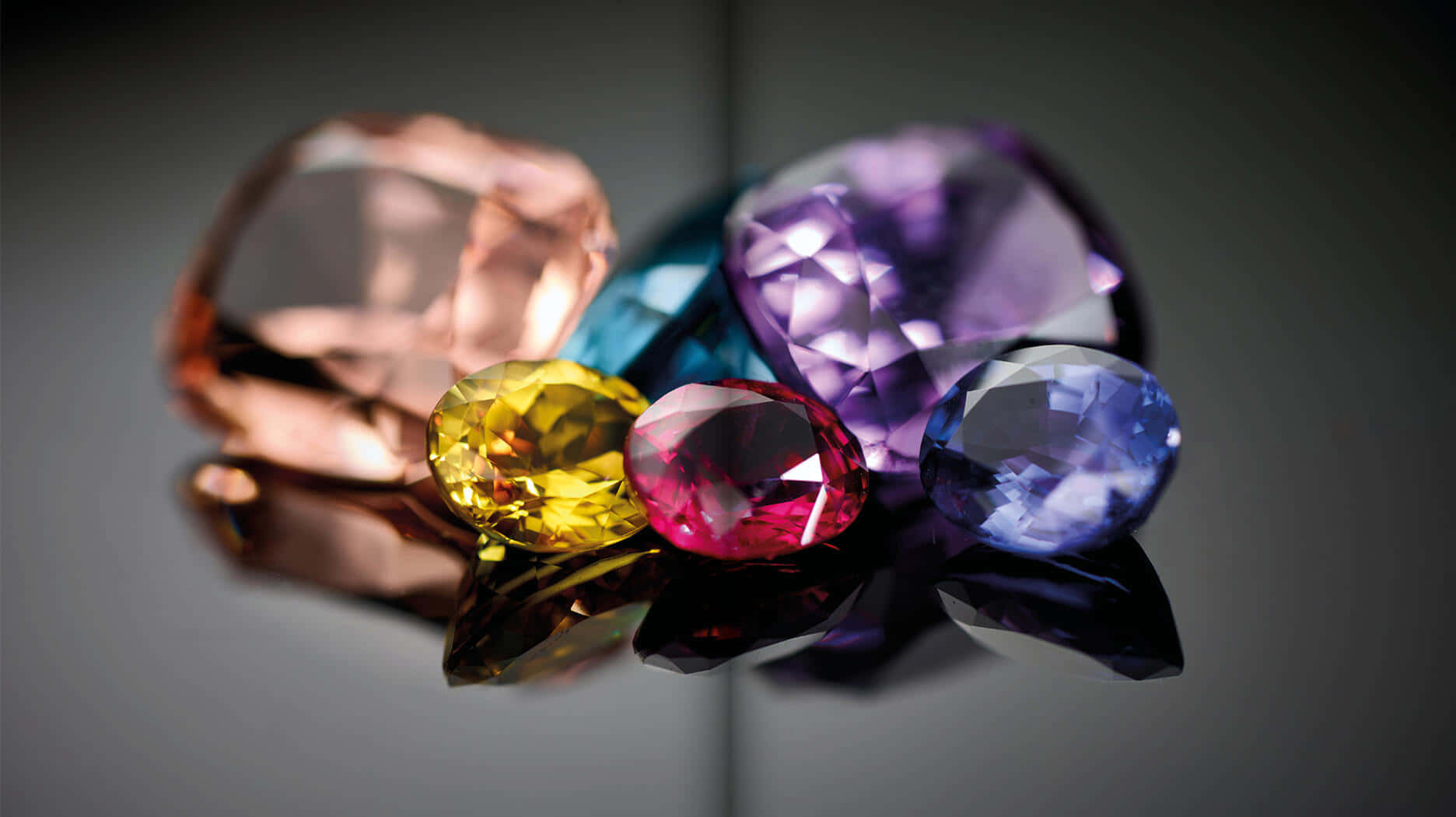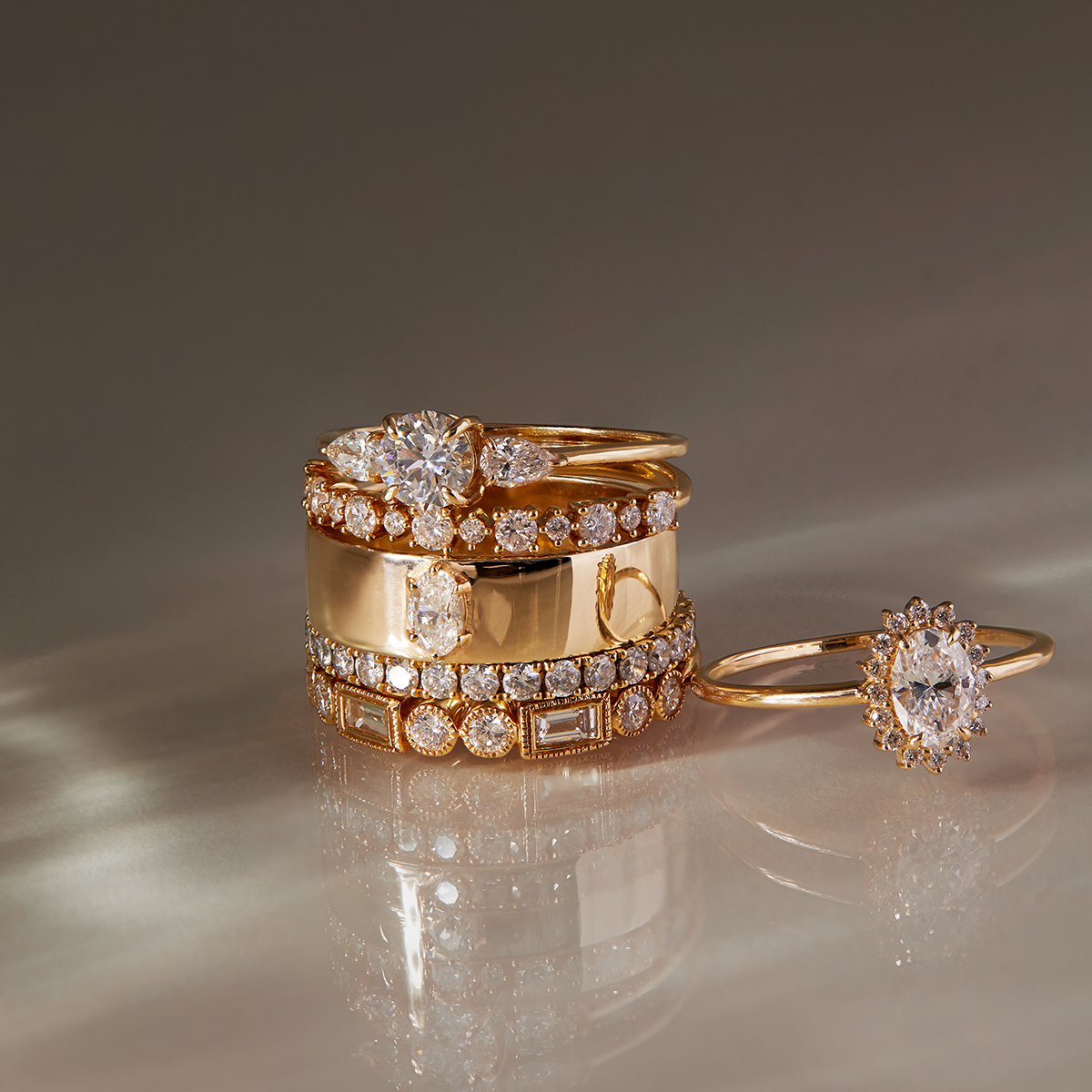Diamonds have long been a symbol of luxury, romance, and commitment. As the jewelry industry continues to evolve, a significant debate has emerged: should consumers choose mined or lab grown diamonds? With growing concerns about the environment, ethical sourcing, and affordability, understanding the key differences between these two types of diamonds is more important than ever. This article will explore the pros and cons of mined and lab grown diamonds, helping you make an informed decision when purchasing your next diamond.
Table of Contents
What Are Mined Diamonds?
Mined diamonds are the traditional diamonds that have been formed over millions of years deep within the Earth’s crust. These natural diamonds are created under extreme heat and pressure, which causes carbon atoms to crystallize into the familiar diamond structure. Mined diamonds are typically sourced from diamond mines around the world, including in countries like Russia, Canada, Botswana, and South Africa.
Mined diamonds have been the standard for engagement rings, jewelry, and luxury items for centuries. Their rarity and long history have contributed to their perception as the ultimate symbol of love and wealth. However, the extraction process for mined diamonds can have significant environmental and ethical implications, which have raised concerns in recent years.
What Are Lab Grown Diamonds?
Lab grown diamonds, also known as synthetic or cultured diamonds, are diamonds that are produced in controlled laboratory environments. These diamonds are created using two primary methods: High Pressure High Temperature (HPHT) and Chemical Vapor Deposition (CVD). Both processes simulate the natural conditions that create diamonds, but they do so in a much shorter timeframe.
Lab grown diamonds are chemically, physically, and optically identical to mined diamonds. The only difference is their origin. They are made from carbon atoms, just like mined diamonds, and are created to the same high standards of quality. Lab grown diamonds are becoming increasingly popular due to their affordability, ethical sourcing, and environmental benefits.
The Environmental Impact: Mined vs Lab Grown Diamonds
One of the most significant differences between mined and lab grown diamonds is their environmental impact. The mining of natural diamonds involves extensive excavation, often in ecologically sensitive areas. Diamond mines can contribute to deforestation, habitat destruction, and pollution, and the mining process consumes large amounts of water and energy. In addition, some diamond mining operations are associated with poor labor conditions and human rights violations.
Lab grown diamonds, on the other hand, have a much smaller environmental footprint. The process of creating diamonds in a laboratory uses significantly less water and energy compared to traditional mining. Lab grown diamonds also do not require the extraction of natural resources, which helps preserve ecosystems and reduce environmental damage. As a result, lab grown diamonds are seen as a more sustainable and eco-friendly option for those who are concerned about the environment.
The Ethical Considerations of Mined vs Lab Grown Diamonds
Ethics play a crucial role in the debate between mined and lab grown diamonds. Mined diamonds have long been associated with ethical issues, particularly in relation to conflict diamonds or “blood diamonds.” These diamonds are mined in war zones and sold to fund armed conflict, often under inhumane working conditions. While efforts such as the Kimberley Process have been established to prevent the trade of conflict diamonds, the issue remains a concern for many consumers.
Lab grown diamonds, by contrast, are free from the ethical concerns associated with mined diamonds. Since they are produced in a controlled environment, there is no risk of financing conflict or exploiting workers. Consumers who opt for lab grown diamonds can feel confident that their purchase does not contribute to human rights violations or conflict. For those looking for an ethical alternative to mined diamonds, lab grown diamonds are a clear choice.
Cost Comparison: Mined vs Lab Grown Diamonds
When it comes to cost, lab grown diamonds tend to be more affordable than their mined counterparts. The production process for lab grown diamonds is more efficient and less resource-intensive than traditional diamond mining. As a result, lab grown diamonds are typically priced lower than mined diamonds of similar size and quality.
Mined diamonds, on the other hand, are often more expensive due to the costs associated with mining, transportation, and marketing. The rarity of natural diamonds also contributes to their high price tag. For consumers looking for a high-quality diamond without the hefty price tag, lab grown diamonds offer an appealing alternative. As technology advances and the production process becomes even more efficient, the cost of lab grown diamonds is expected to continue to decrease, making them even more accessible.
Durability and Quality: Mined vs Lab Grown Diamonds
In terms of durability and quality, mined and man made diamonds are virtually identical. Both types of diamonds are composed of the same crystal structure and have the same hardness, making them equally durable and resistant to scratches. Lab grown diamonds undergo the same grading system as mined diamonds, with factors like carat weight, color, clarity, and cut determining their quality.
While mined diamonds may have a longer history and a certain mystique associated with their natural origins, lab grown diamonds are no less impressive in terms of their beauty and durability. Advances in technology have allowed lab grown diamonds to meet or exceed the standards of natural diamonds, making them an excellent choice for those who value quality and performance.
The Resale Value: Mined vs Lab Grown Diamonds
One of the potential drawbacks of lab grown diamonds is their resale value. Mined diamonds have historically maintained their value over time, with many people considering them a long-term investment. While this is not always the case, natural diamonds tend to hold their value better than lab grown diamonds, primarily because of their rarity and the emotional significance associated with them.
Lab grown diamonds, being more readily available and produced in large quantities, typically do not hold the same resale value as mined diamonds. However, the market for lab grown diamonds is growing, and as consumer awareness increases, the demand for these diamonds may rise, potentially impacting their future resale value. It is important to consider your priorities when purchasing a diamond—whether it is for personal enjoyment, ethical considerations, or long-term investment.
Which is Right for You: Mined or Lab Grown Diamonds?
Choosing between mined and lab grown diamonds ultimately depends on your personal values, budget, and preferences. If you are looking for a more sustainable and ethical option, lab grown diamonds offer an excellent alternative to traditional mined diamonds. They are also a more cost-effective choice for those who want a high-quality diamond without the premium price tag.
On the other hand, if you value the rarity and natural origins of diamonds, and are willing to invest in a long-standing tradition, a mined diamond may be the right choice for you. Mined diamonds are often seen as a symbol of timelessness and luxury, and many people still prefer them for sentimental reasons.
Conclusion: Mined or Lab Grown Diamonds – The Future is Yours to Choose
In conclusion, both mined and lab grown diamonds have their unique advantages and considerations. Mined diamonds are the traditional choice, offering rarity and emotional significance, while lab grown diamonds are a more ethical, sustainable, and affordable option. The decision between mined and lab grown diamonds is a personal one, and it depends on factors such as your budget, values, and what you are looking for in a diamond.






More Stories
Lab Grown Tennis Bracelet: The Elegance of Lab Grown Diamonds
Symbolism and Sparkle: The Timeless Beauty of Trilogy Diamond Rings with Lab Grown Diamonds
Engagement Rings Are the Future of Love and Sustainability